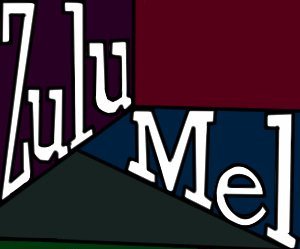Going 1:1 with iPads: Stage 2, the device landscape
Stage 2- The Device Landscape
Stage 1 revealed that middle school students at Rocky Hill School, a private K-12 day school of around 300 students in East Greenwich, Rhode Island, didn’t have much access to technology, at least compared to the students in the lower and upper schools. From a curricular perspective this was a real problem. Continuity of access across grades is a minimum requirement. What you want is a progression of access that includes new tools, both hardware and software, appropriate to student (and grade) levels. The integration into instruction and the curriculum can then expand appropriately.
It wasn’t that the middle school had been totally neglected. Two brand new Smartboards had been installed in the Rocky Hill middle school in my first week on the job. I had seen great things happen in Smartboard classrooms, but only very rarely. For the most part I had come to agree with Lisa Nielsen about them; they were not a promising strategic direction for educational technology. In this case, Smartboards wouldn’t increase student access to technology in a meaningful, individualized way. We weren’t going to go farther down that path under my watch.
Furthermore, given the 1:1 program already present in the high school, it made more sense to consider extending the 1:1 level of access down into the middle school. Alternatively, the middle division could follow the lead of the elementary grades and get a couple of carts worth of mobile devices for student use. That question- 1:1 or a lower ratio- was just one that needed to be answered. Another question was which device to go with. Should the middle school fall in line with the high school and use laptops, model itself after the lower school and choose iPads or go another direction entirely?
The iPad 2 and the Kindle Fire- rivals in academic settings?
It wasn’t very long ago, but in September 2011 the iPad 2 was a new-ish device. (Strange how a device that’s 6 months old is no longer new in this era) It’s efficacy as a teaching and learning device was far from fully explored, let alone proven. The fall of 2011 was when the Kindle Fire came out. I remember being excited at the possibility of a Kindle with web access that could handle video, since it seemed like a real competitor for the iPad. Specifically it was Amazon being the company developing it that seemed to hold promise because they are such a strong company and, unlike Apple, focused on keeping prices low. Amazon was also so closely tied to book publishing that it made sense for them to have leverage with textbook companies that other companies wouldn’t. Here again, prices might come down. The thought of a very portable, web enabled device that could easily contain every textbook a student would ever buy was immensely appealing.
There were other tablets out there, though. Dell and Samsung tablets, often running Android, were also options. The problem with these and other Android tablets was that the education software developers had not rallied around the Android platform. What had won me over to the iPad as a possibly strong teaching and learning device was watching a hands-on session at ISTE in June 2011 in which a science educator led other science educators through the lessons he had designed to incorporate the iPad and probes that could be attached to it. These were non-Apple probes transmitting data into a non-Apple app on an iPad. The development community had spoken. The iPad had become one of the mainstay hardware/software platforms, making it a device well worth our consideration.
Those were the questions, but whose answers mattered the most?
